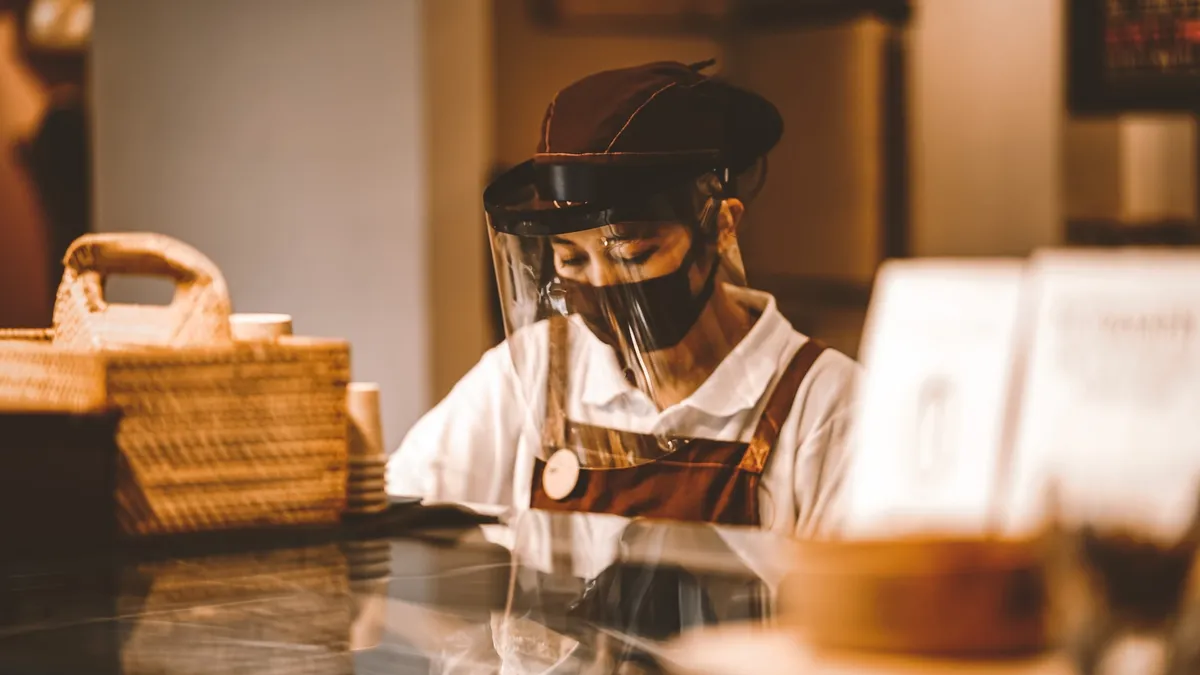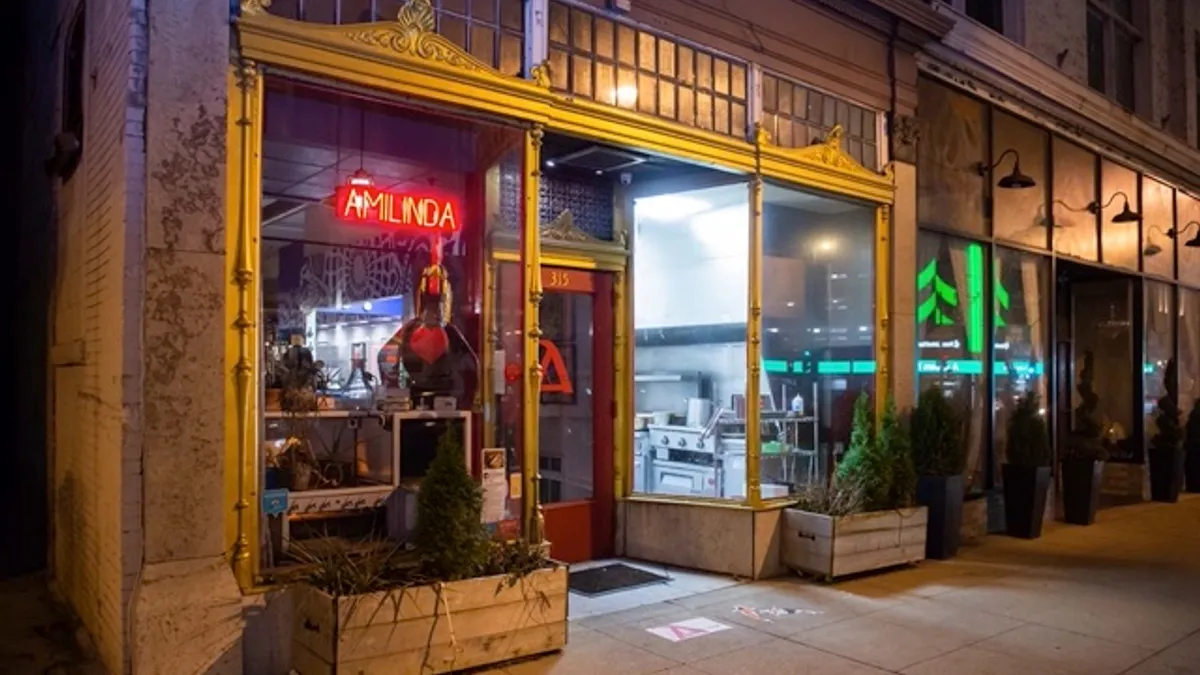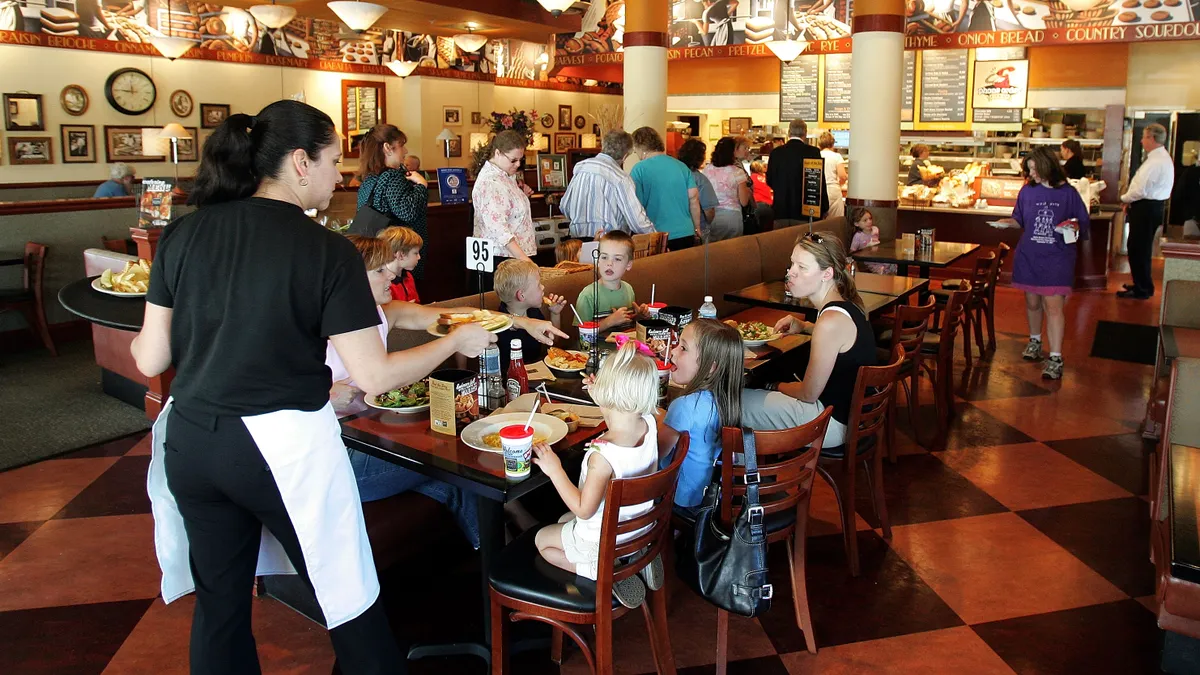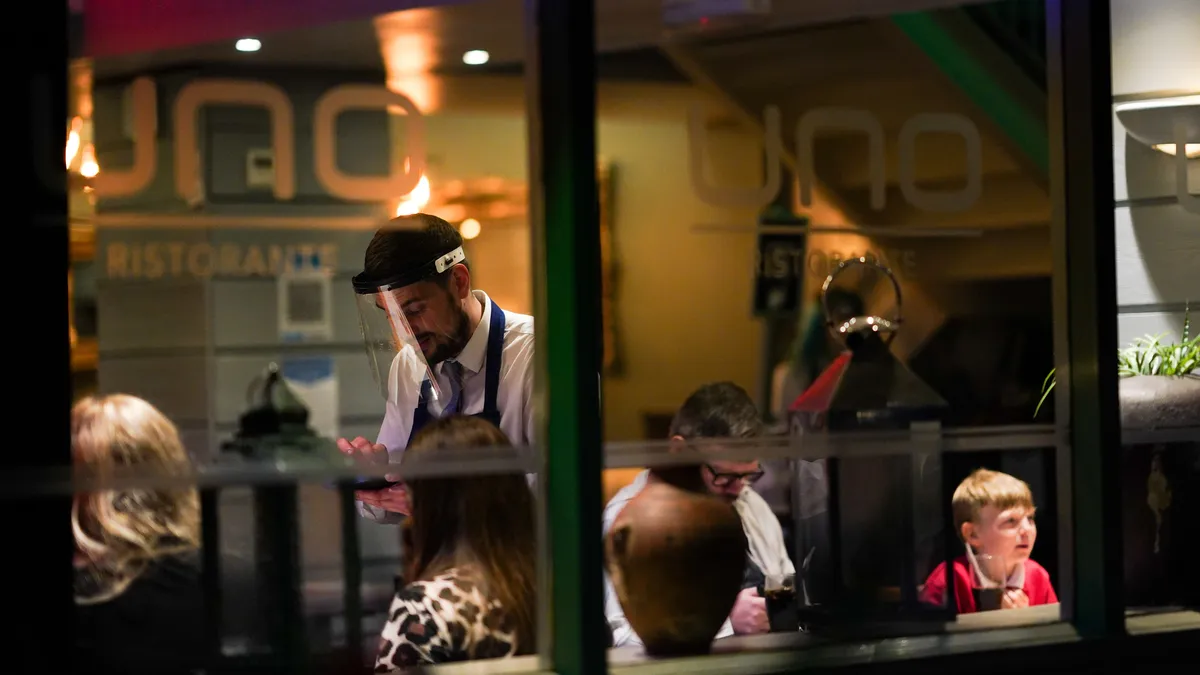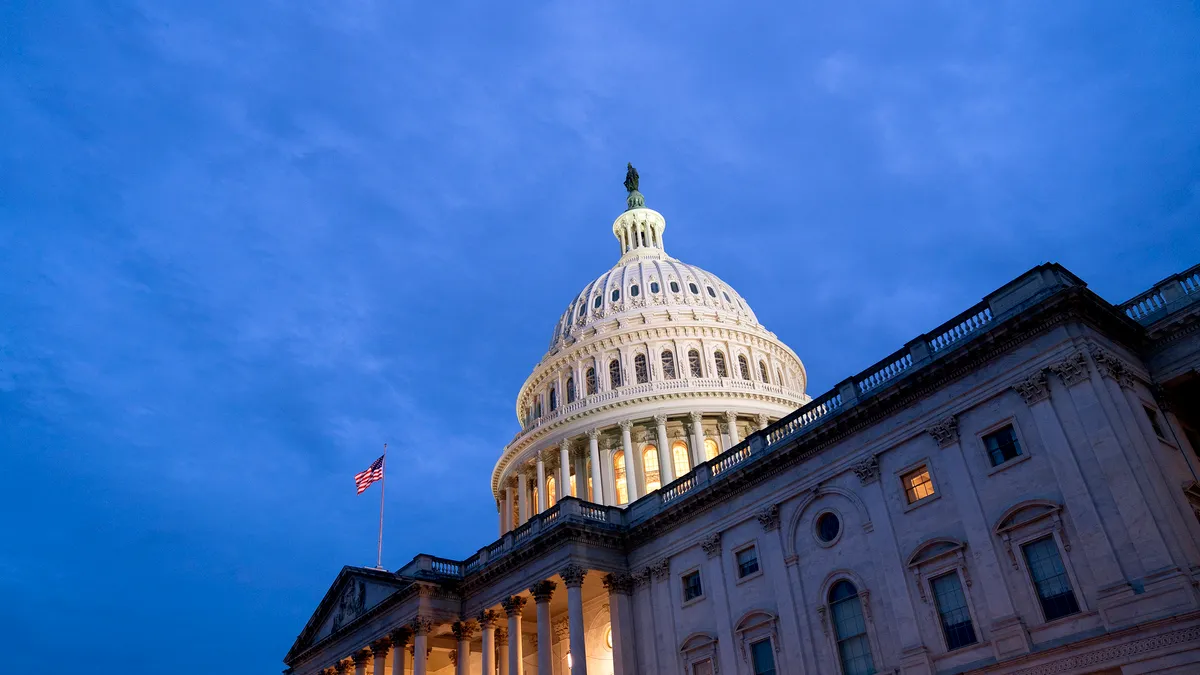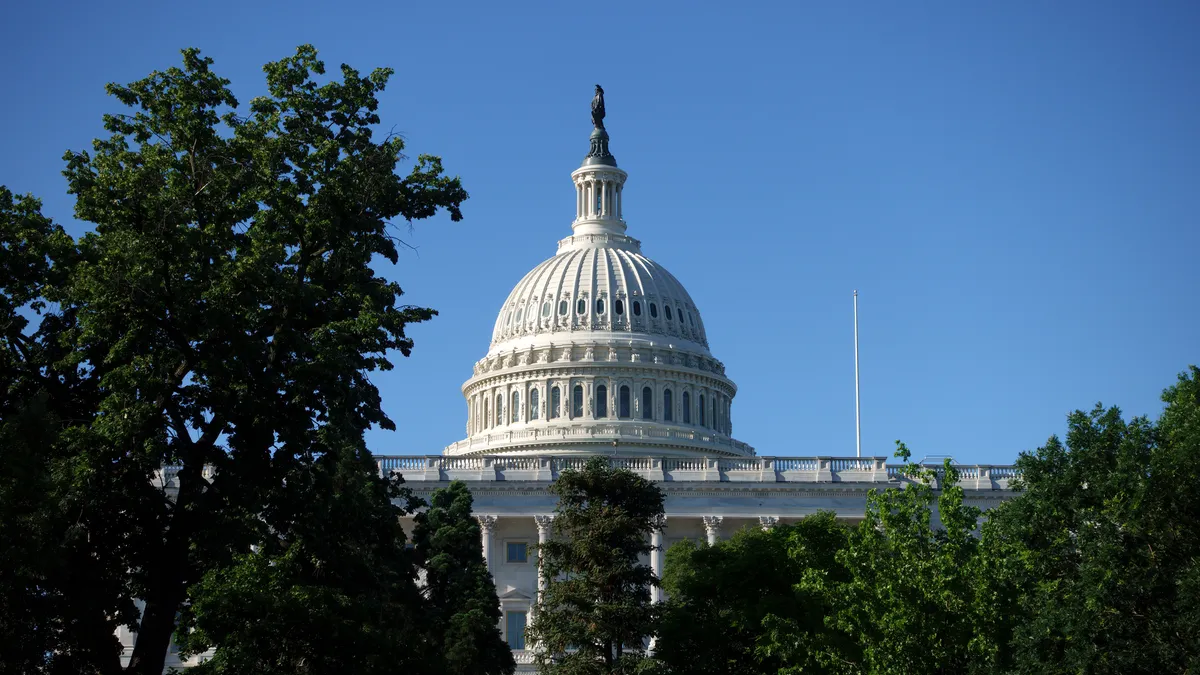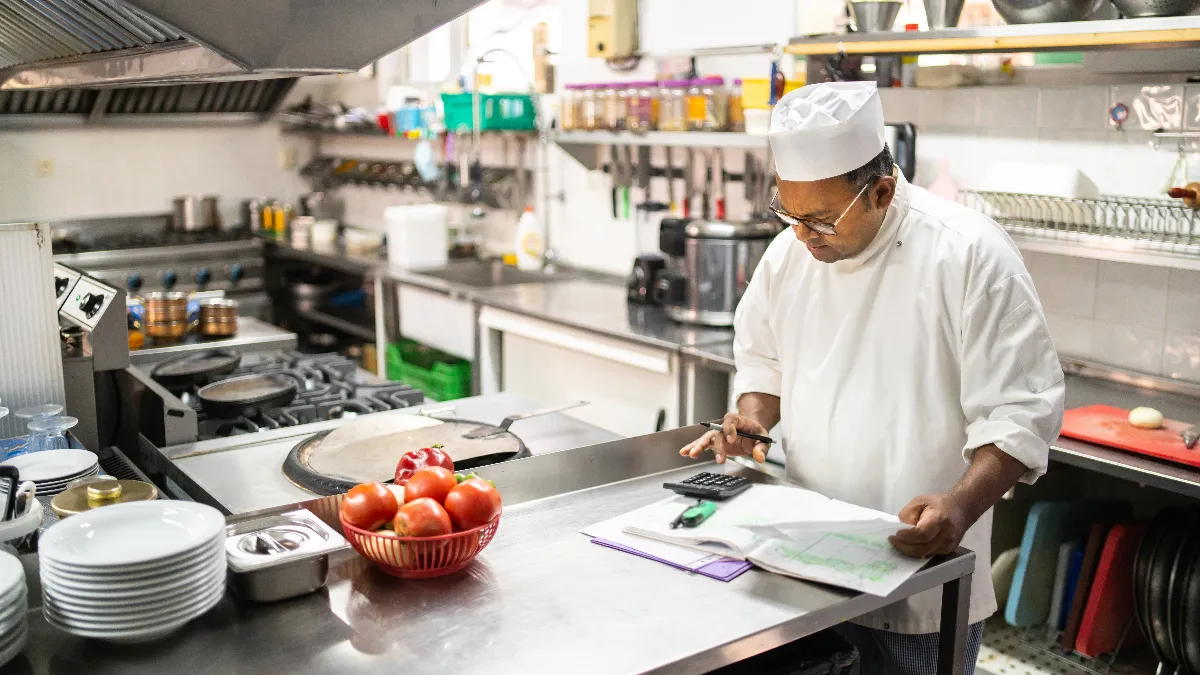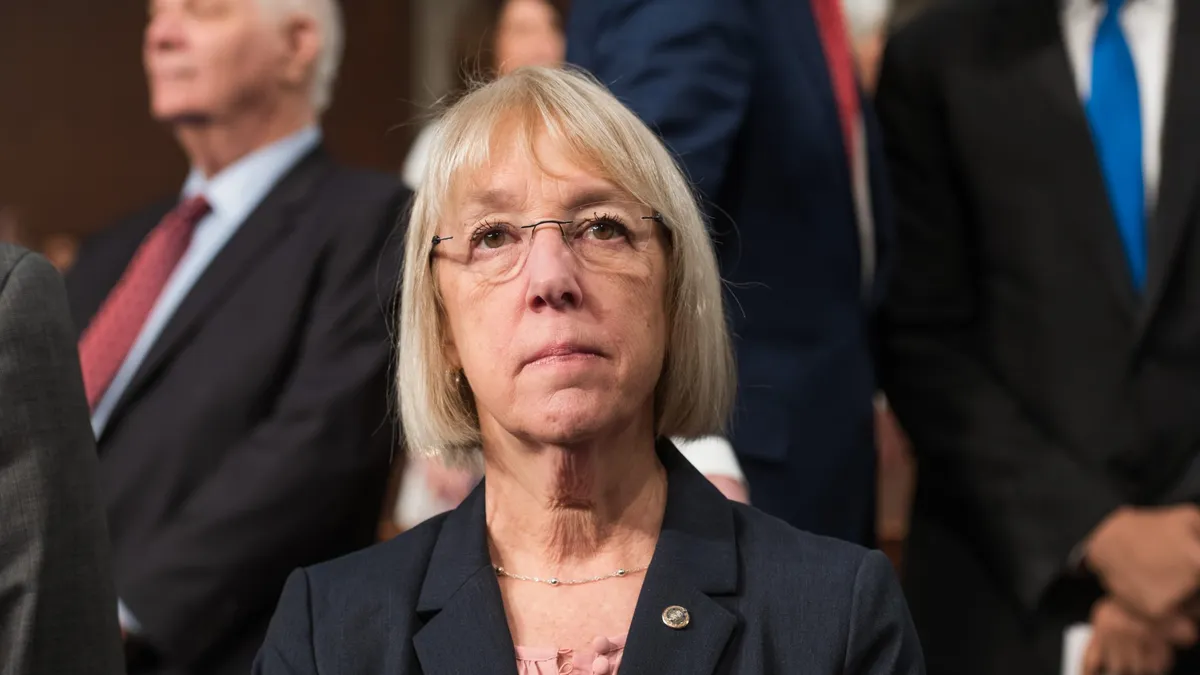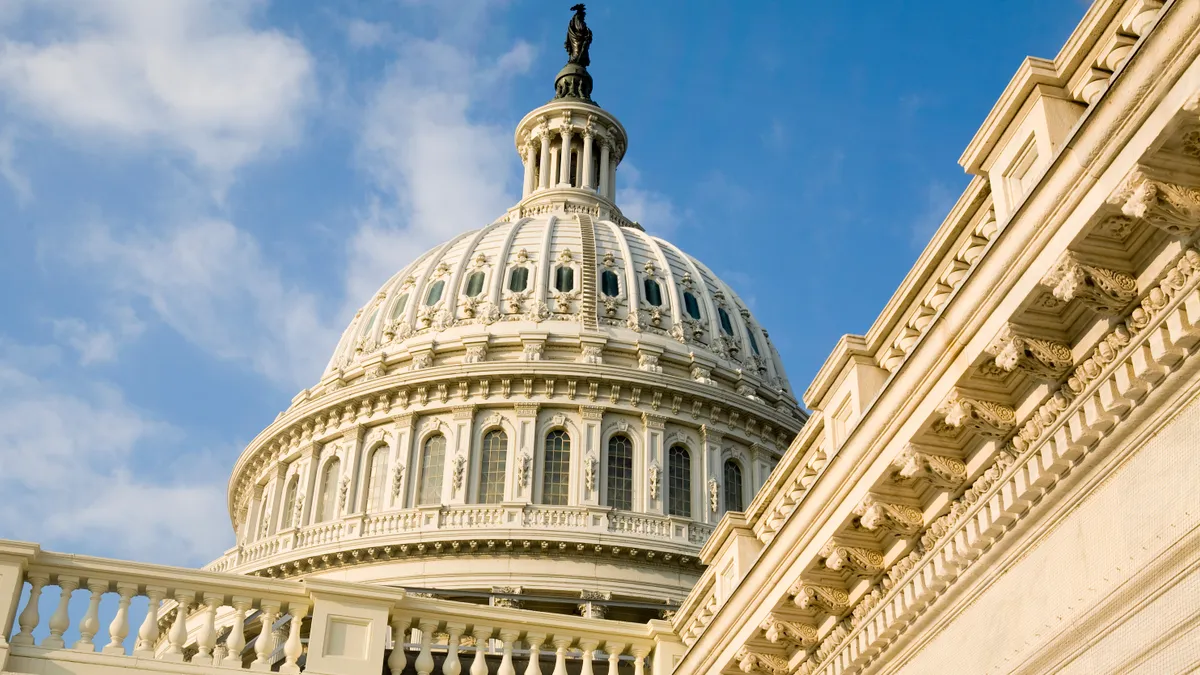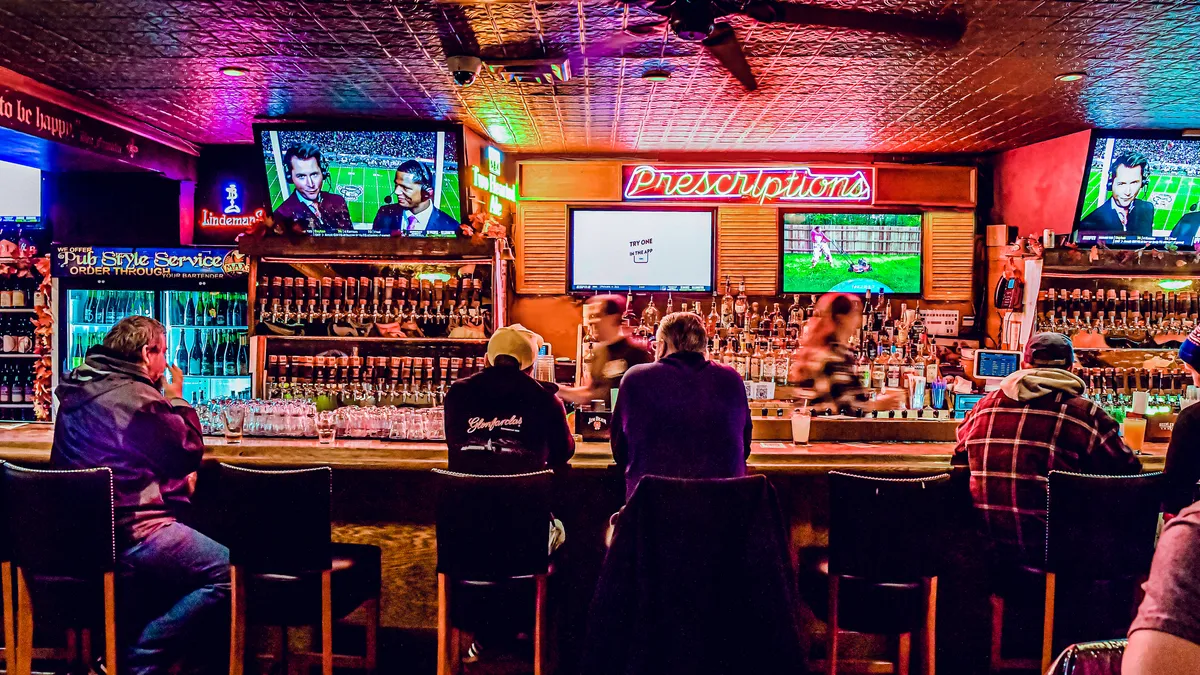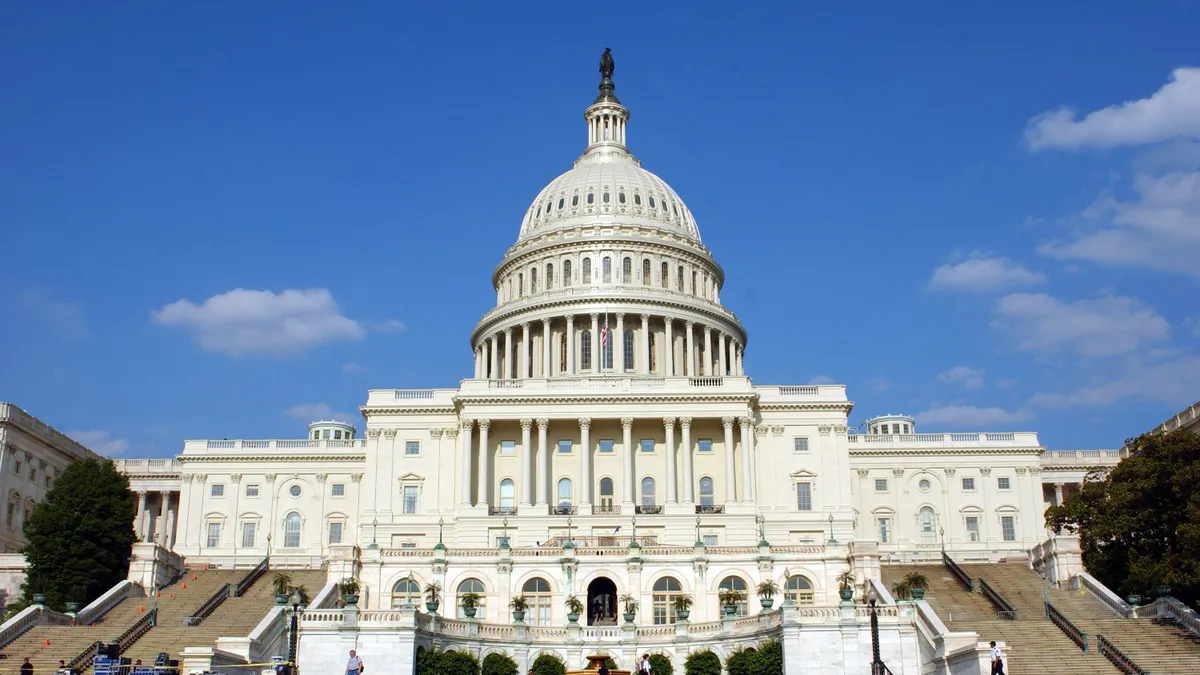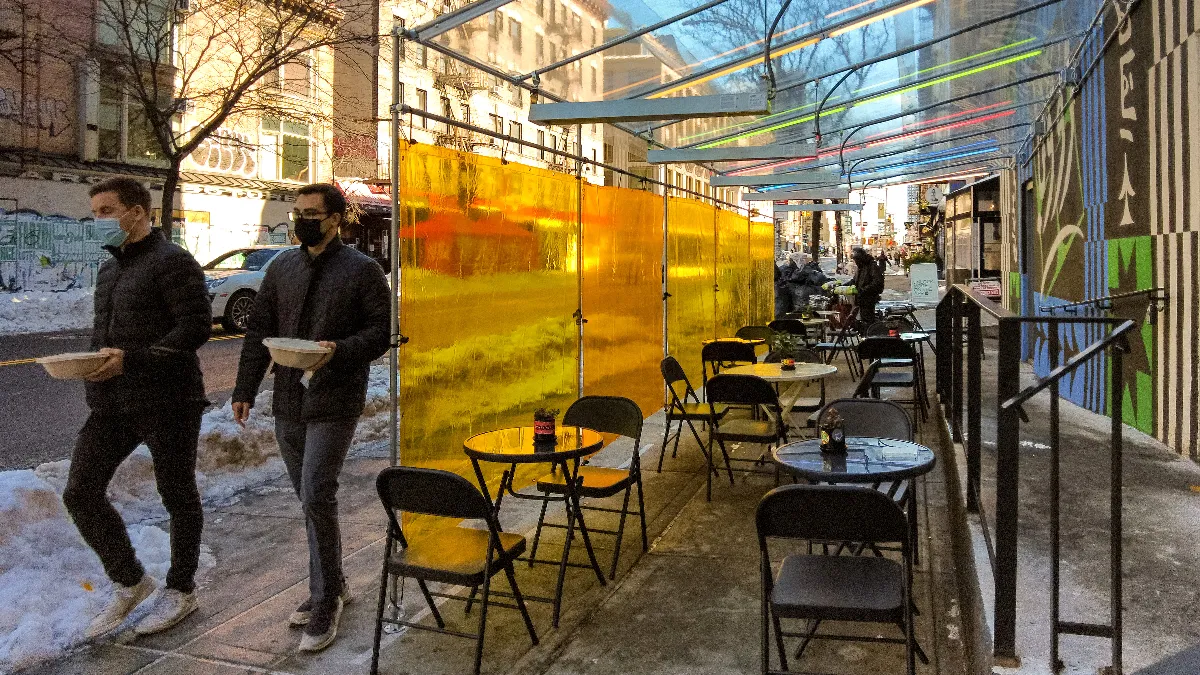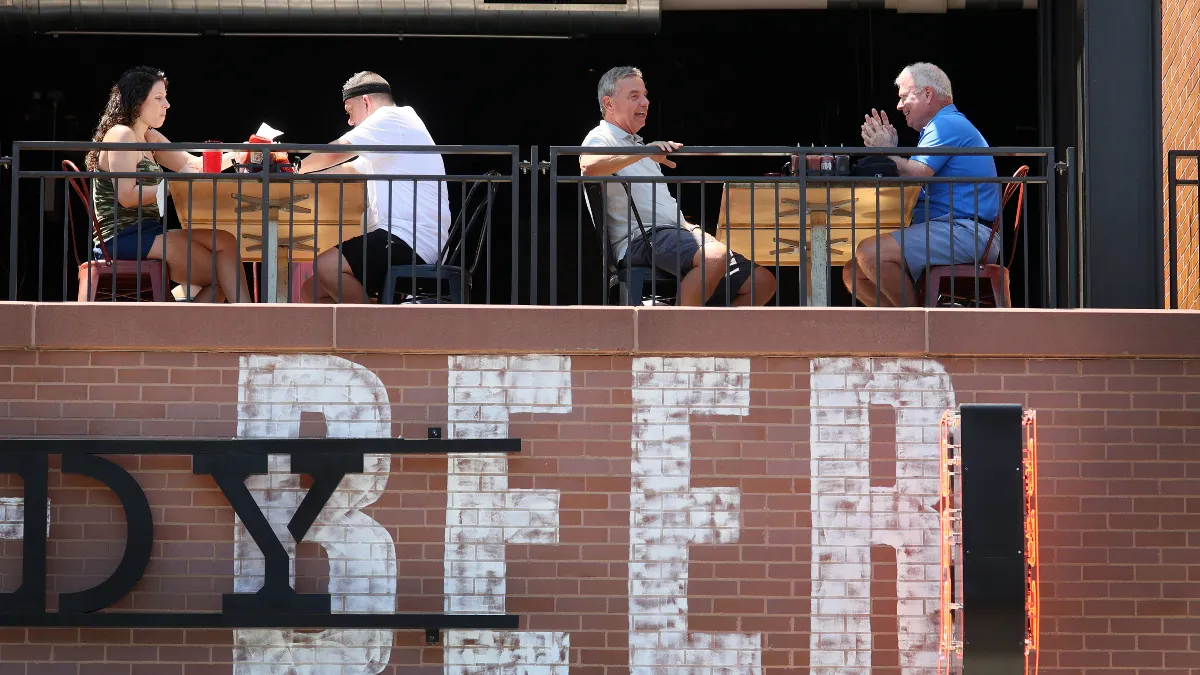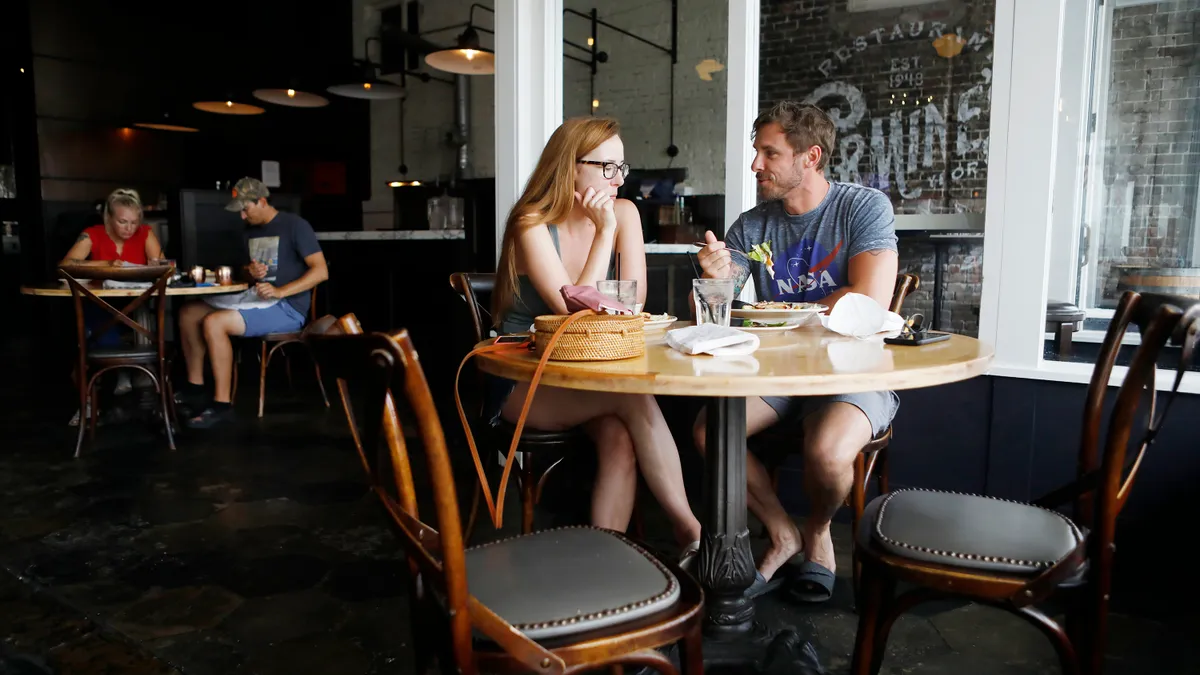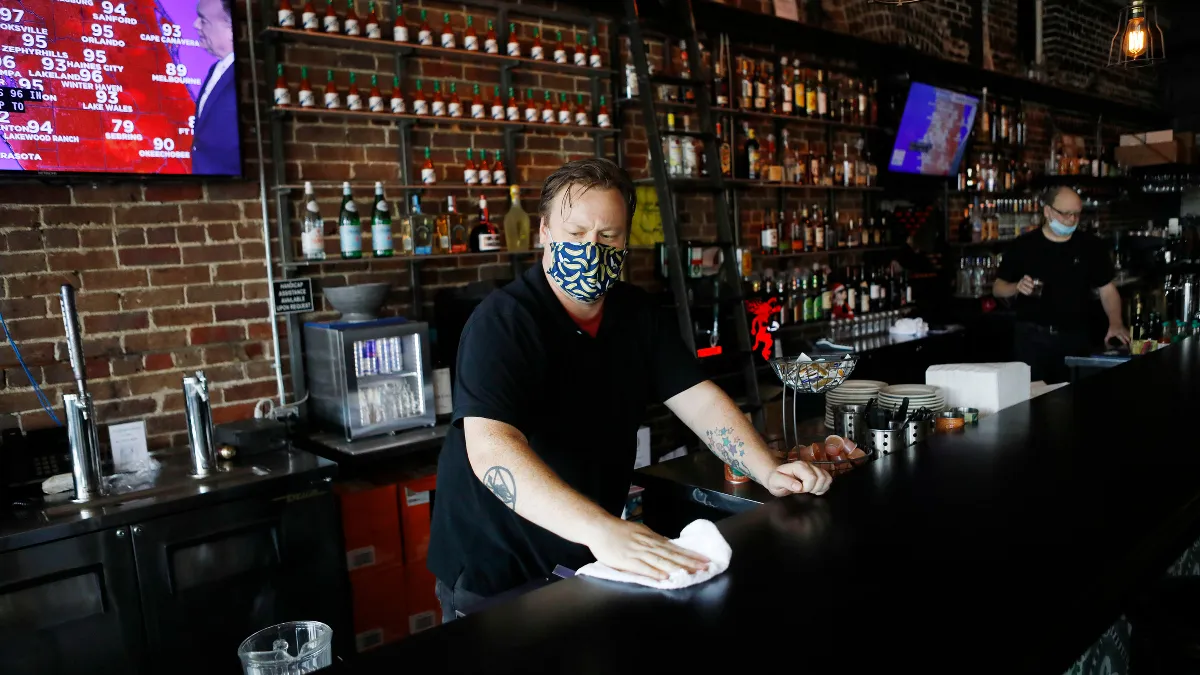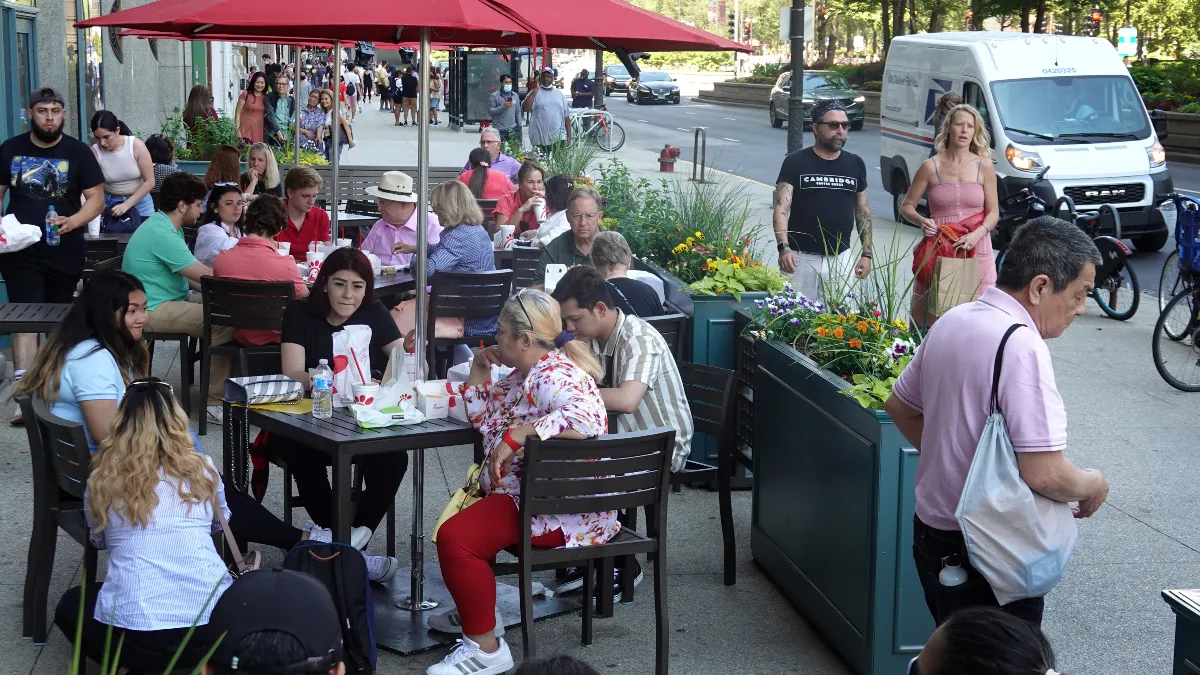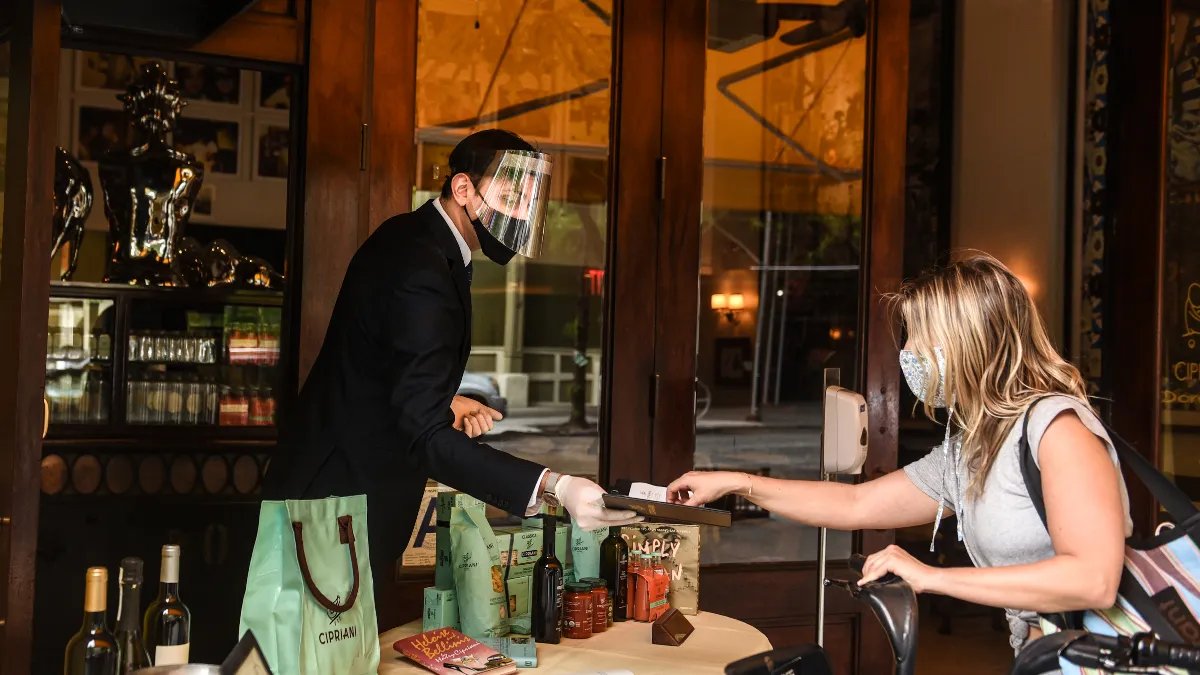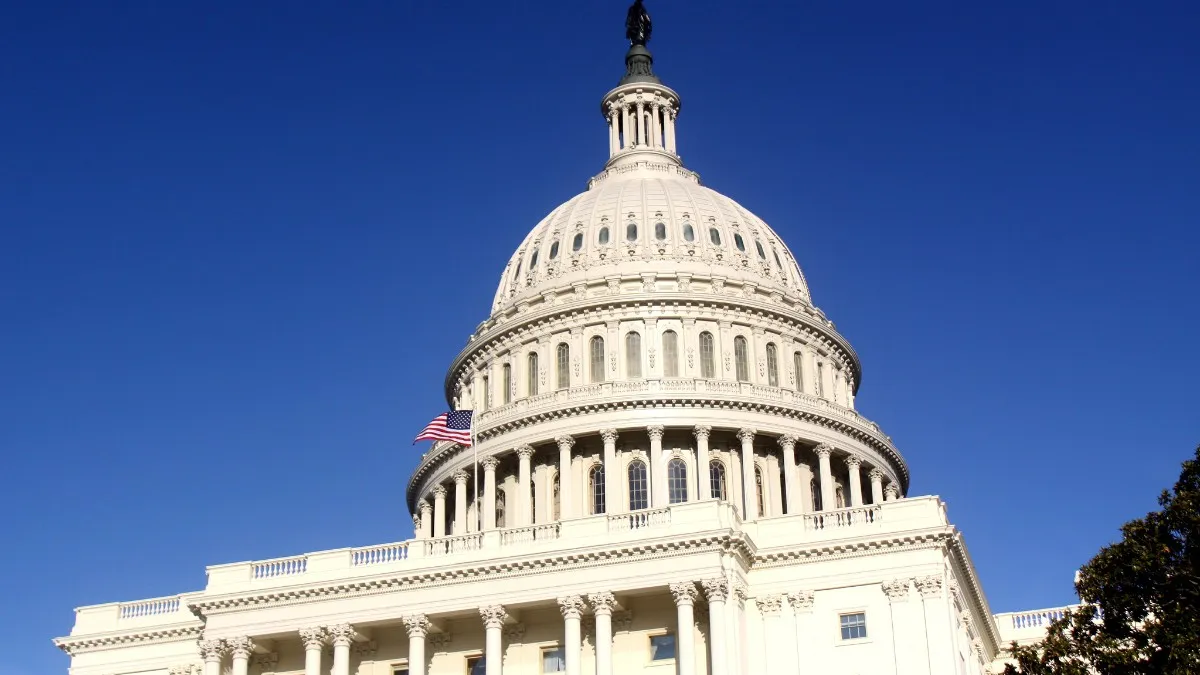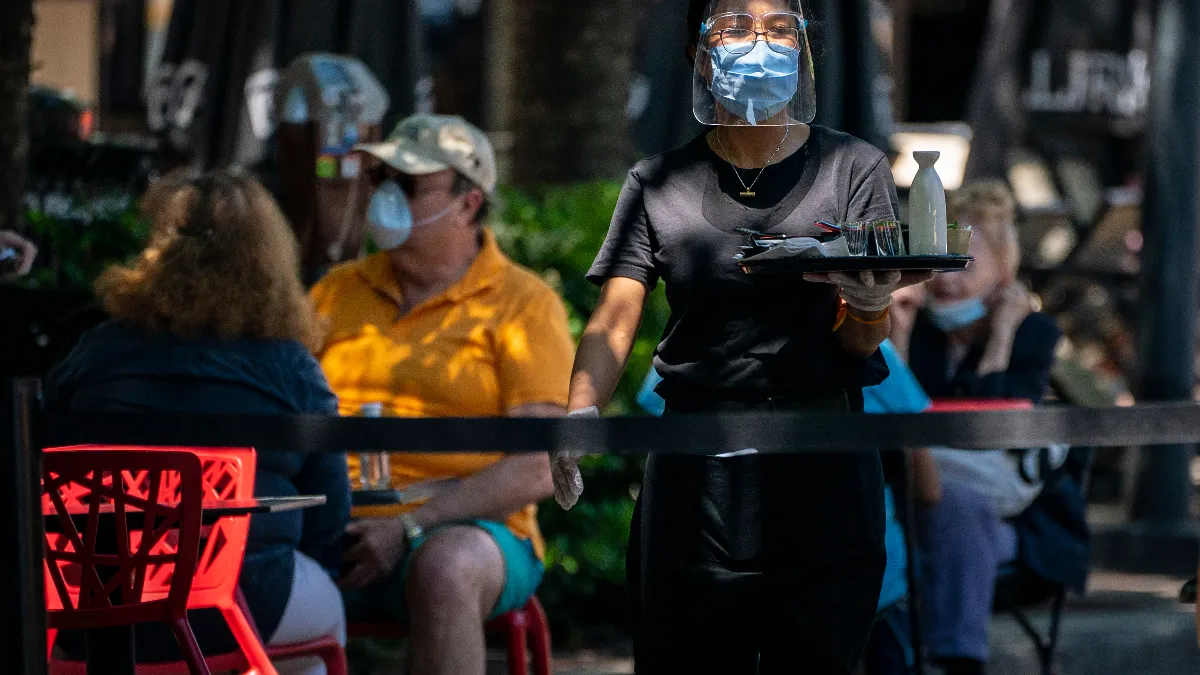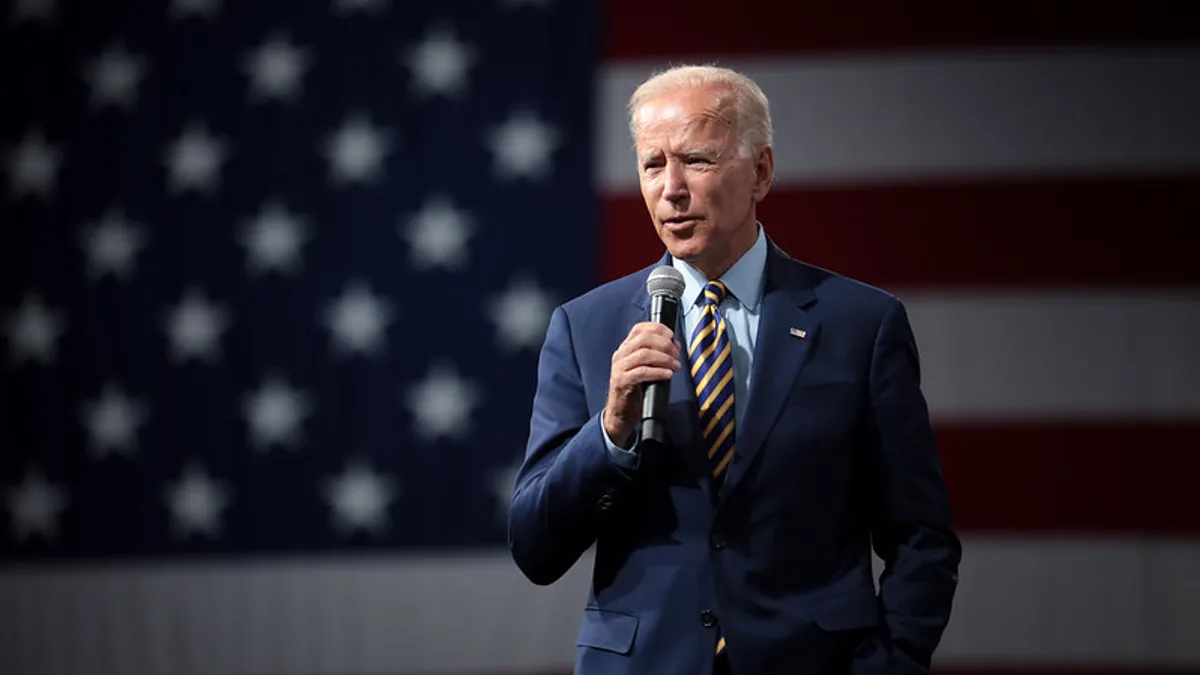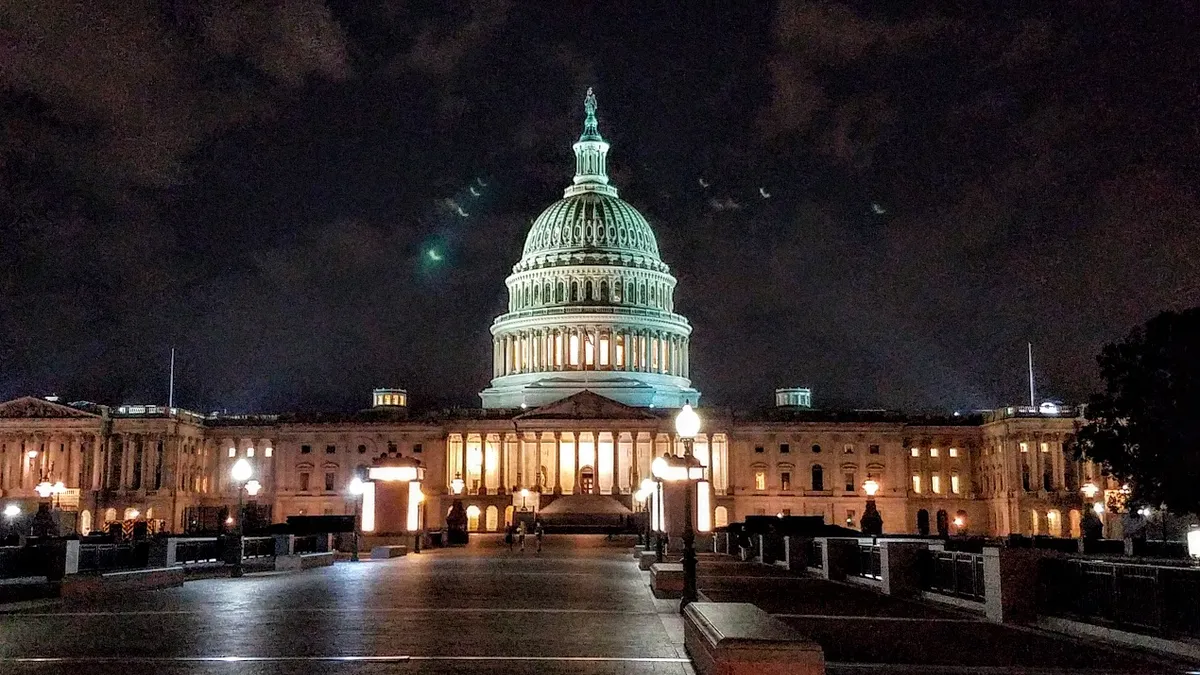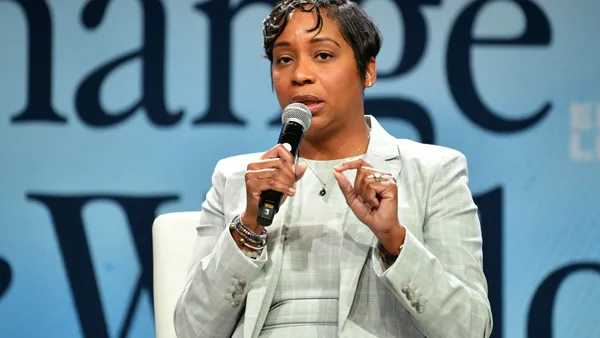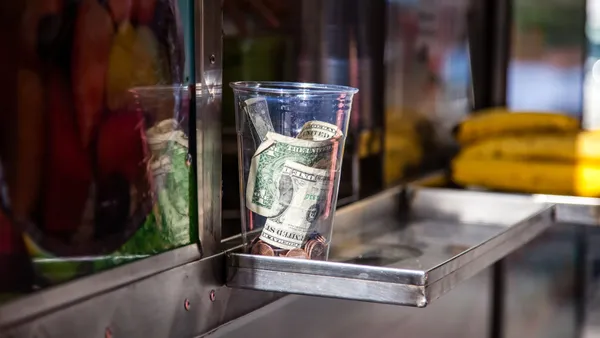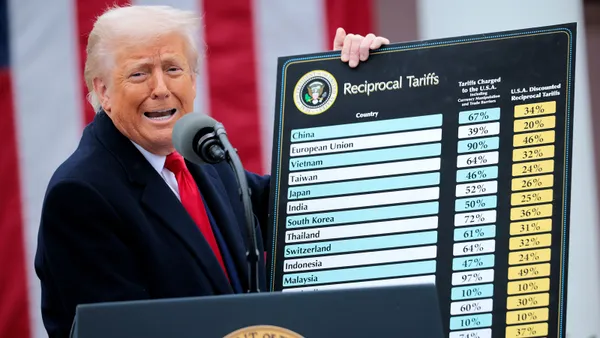The following is a guest post by Emily M. Gauthier and John W. Zimmer, III, who are attorneys in the corporate practice group at Jones Walker LLP, and Curtis R. Hearn, who is co-lead of the corporate practice group.
Almost immediately after the launch of the Paycheck Protection Program (PPP) and the expansion of the Economic Injury Disaster Loan (EIDL) program to counter the economic effects of the COVID-19 pandemic, the U.S. Small Business Administration (SBA) was swamped with applications from struggling business owners. Interest in the programs exceeded — by a wide margin — the SBA’s resources, and initial funding ran out within weeks.
With the Restaurant Revitalization Fund (RRF) set to launch on May 3, history may repeat itself. With this in mind, restaurant owners who would like to apply for an RRF grant should register for an account in advance on the SBA's RRF website on Friday, April 30, so they are ready to apply for a grant upon the program’s opening. The application portal is available at restaurants.sba.gov.
Why eligible restaurant owners cannot afford to wait
The RRF was included in the $1.9 trillion American Rescue Plan Act that was signed into law by President Joe Biden on March 11. Current funding for the program is limited to $28.6 billion, of which $9.5 billion is set aside for businesses with annual revenues of $1.5 million or less.
A closer look at some key numbers indicates the pool of business owners who may be eligible to seek relief may deplete the fund quickly. According to the National Restaurant Association’s 2021 State of the Industry Report, during 2020, industry sales totaled $659 billion — down $240 billion from expected levels due to the pandemic. The report also noted that 9 in 10 restaurants have fewer than 50 employees, and 70% of restaurants are single-unit operations.
In other words, although smaller restaurants contribute disproportionately to overall restaurant sales, the amount of grant money allocated specifically to such businesses accounts for slightly less than one-third of total RRF funds. Even excluding businesses that are not eligible for the RRF program — including those that have closed permanently, have filed for bankruptcy, have separately applied for or received a Shuttered Venue Operators Grant, are publicly traded, are a nonprofit organization, or are part of an affiliated group with more than 20 locations — demand for grants is expected to outstrip supply.
Initial focus is on underserved communities
The SBA previously announced that underserved communities will be prioritized for economic relief under the RRF. During the seven-day pilot period that began this week, a group of potential applicants randomly selected from certain priority groups are testing the application portal and providing feedback that the SBA will use to streamline the process and address identified issues. Importantly, the SBA has stated pilot participants will not receive funding until after the public launch of the portal.
Following the pilot program and during the first 21 days the RRF portal is open, the SBA will accept and review applications from identified priority groups. These include small businesses at least 51% owned by one or more individuals who belong to any of the following categories:
- Women
- Veterans
- Socially and economically disadvantaged persons
According to the SBA, socially disadvantaged individuals are "those who have been subjected to racial or ethnic prejudice or cultural bias because of their identity as a member of a group without regard to their individual qualities." Economically disadvantaged individuals are "those socially disadvantaged individuals whose ability to compete in the free enterprise system has been impaired due to diminished capital and credit opportunities as compared to others in the same business area who are not socially disadvantaged."
Priority-group applicants will be required to self-certify on the application that they meet these eligibility requirements.
Although the SBA will accept applications from all eligible entities on May 3, the SBA will not begin processing applications from business owners who are not members of a priority group until the 22nd day after the program opens. Until the fund is exhausted, the SBA will process these applications in the order in which they are approved by the SBA.
Quick action may be rewarded
Although submitting an application is no guarantee an applicant will receive grant funds, the SBA has committed to providing a "streamlined" process "free of burdensome, bureaucratic hurdles — while still maintaining robust oversight." No matter how streamlined the process, however, with a limited pool of funds, business owners should be prepared to act quickly. As became clear during the rollout of the PPP and the EIDL program, time is quite literally of the essence.
In advance of completing the application on the RRF application portal, applicants can download a sample of the application (SBA Form 3172) from the SBA website. Business owners should review the questions carefully and the required good faith certification, as well as gather the financial information and tax documentation they will be required to provide. The information required is detailed in the RRF program guide available on the SBA website. This will enable applicants to proceed through the application as quickly and accurately as possible when the application portal does launch.
The SBA is offering assistance to applicants through the RRF knowledge base, its call center (at 844-279-8898) and through local SBA district offices. Potential applicants can also sign up to receive email alerts from the SBA as updated information about the RRF is made available. In addition, the SBA hosted three webinar trainings this week, which cover the details of the RRF and the application process. These trainings were recorded and will be posted to the SBA's YouTube channel.
Other sources of information and assistance include the Independent Restaurant Coalition, the Brewers Association and numerous local and community-based chambers of commerce. Legal advisers and accounting professionals can provide applicant-specific guidance that can help identify and resolve potential issues in advance.
There may be another round of funding — but don't count on it
In subsequent legislation following the launch of the PPP and the EIDL program, Congress allocated additional funding for the two programs, much to the relief of applicants that missed out on the first round of economic-assistance loans and grants. In a livestreamed town hall hosted by the Independent Restaurant Coalition on April 13, SBA Associate Administrator Patrick Kelley noted that, if demand was strong, it was possible that Congress could authorize another round of funding.
That said, it is possible that the $28.6 billion RRF may begin and end this spring. Given the unprecedented stress on the industry and individual businesses, owners should take every step possible to prepare for the launch of the RRF application portal and to submit applications as soon as they are eligible.


